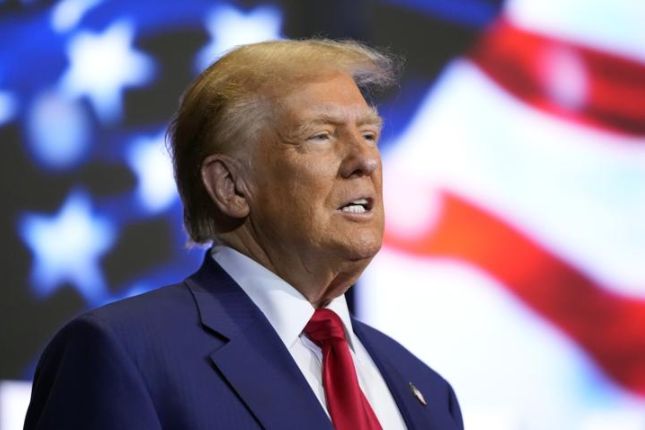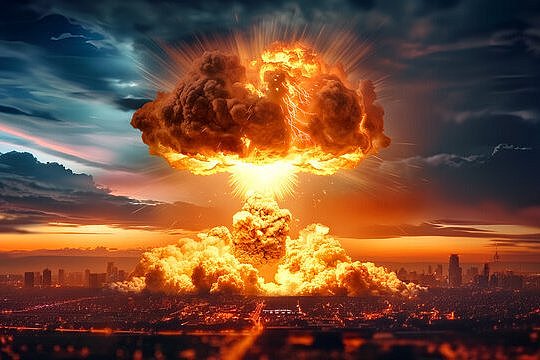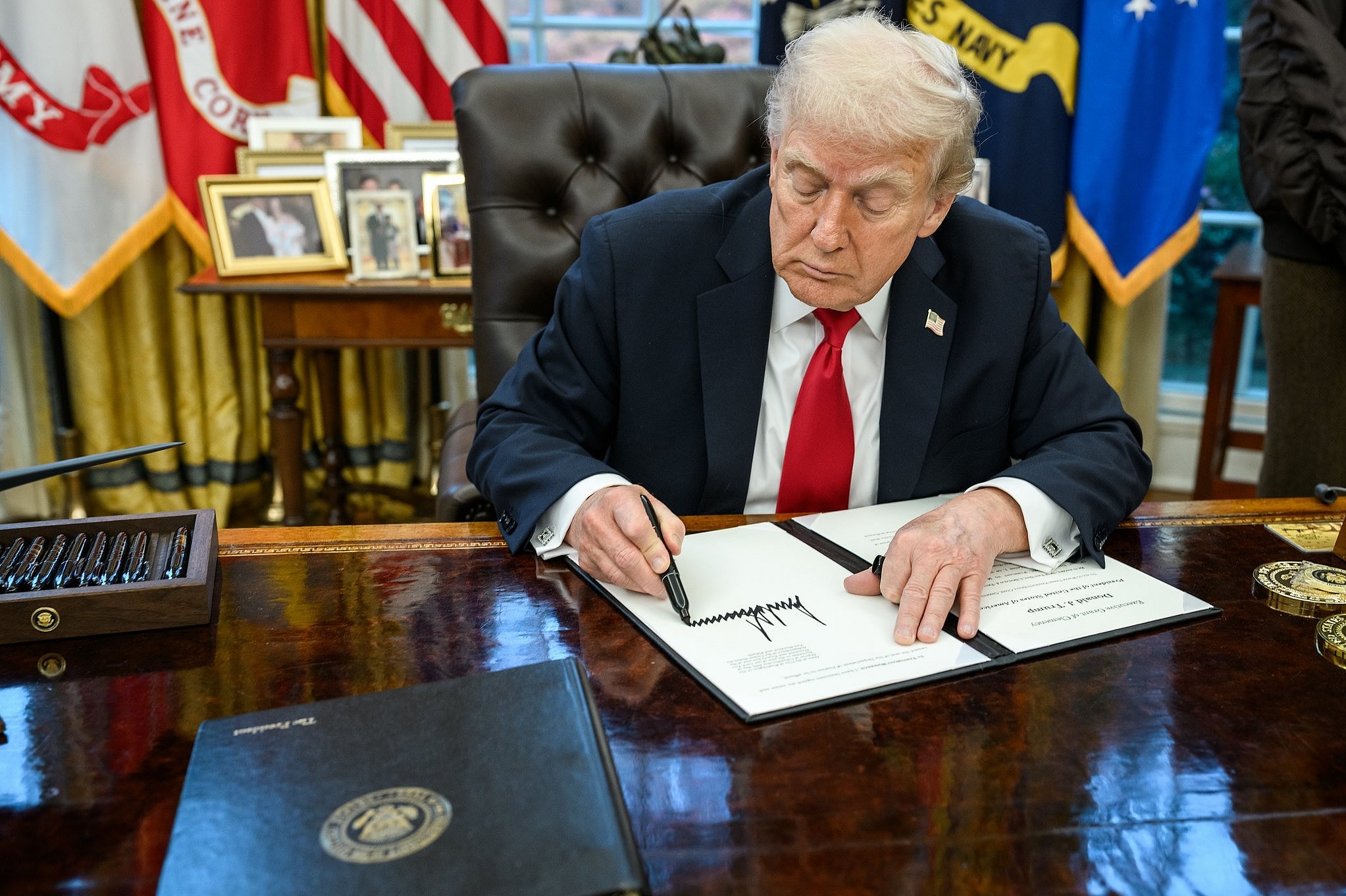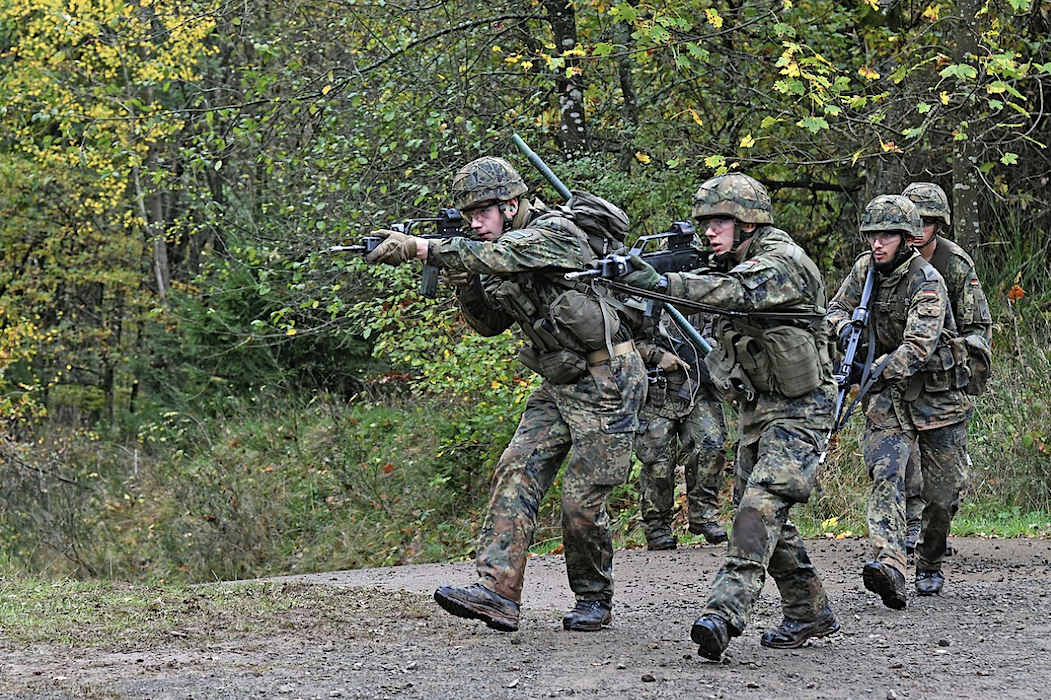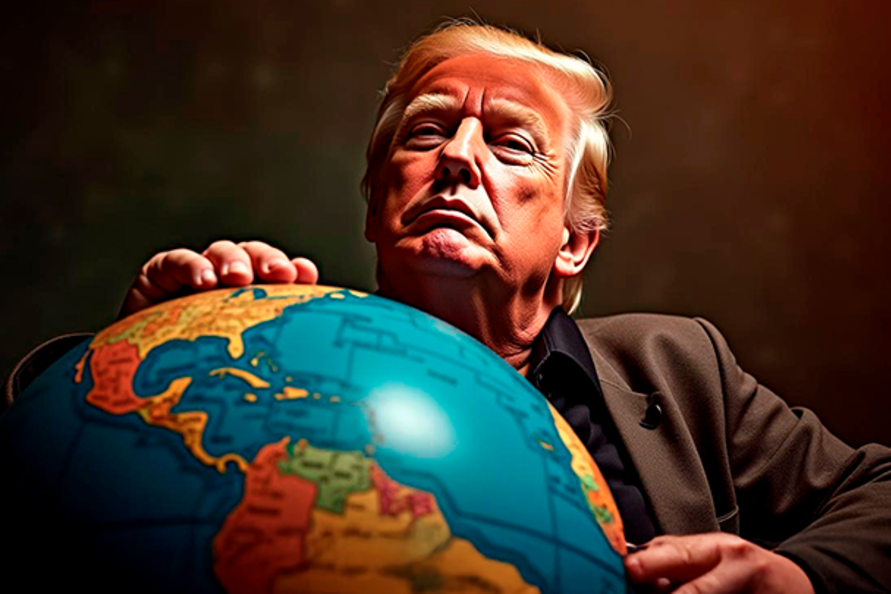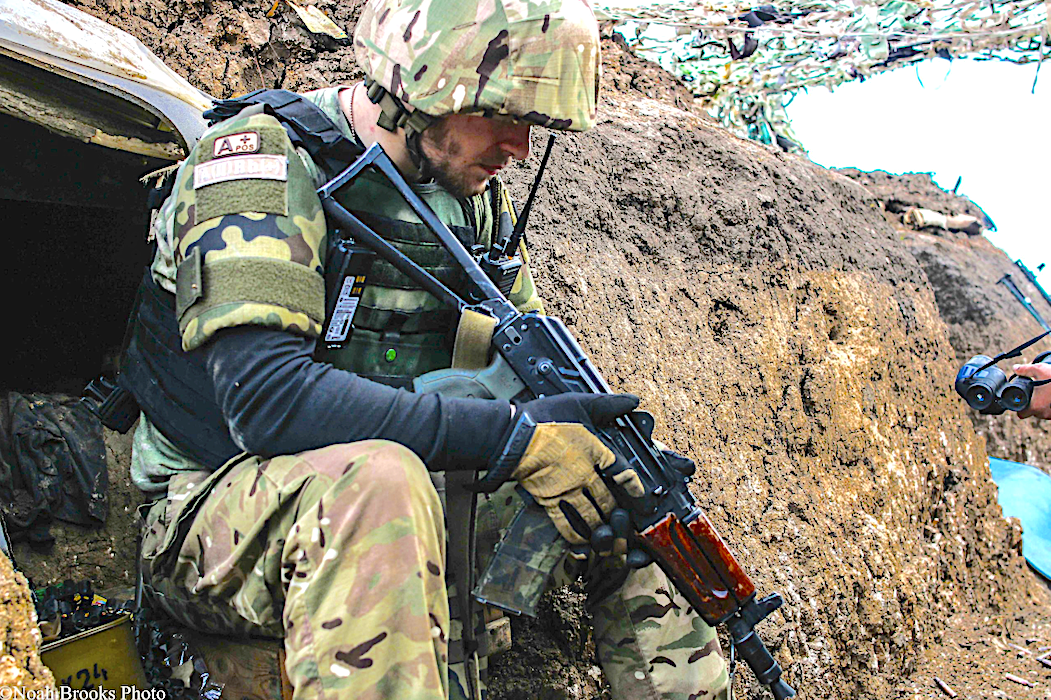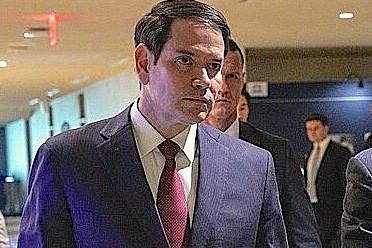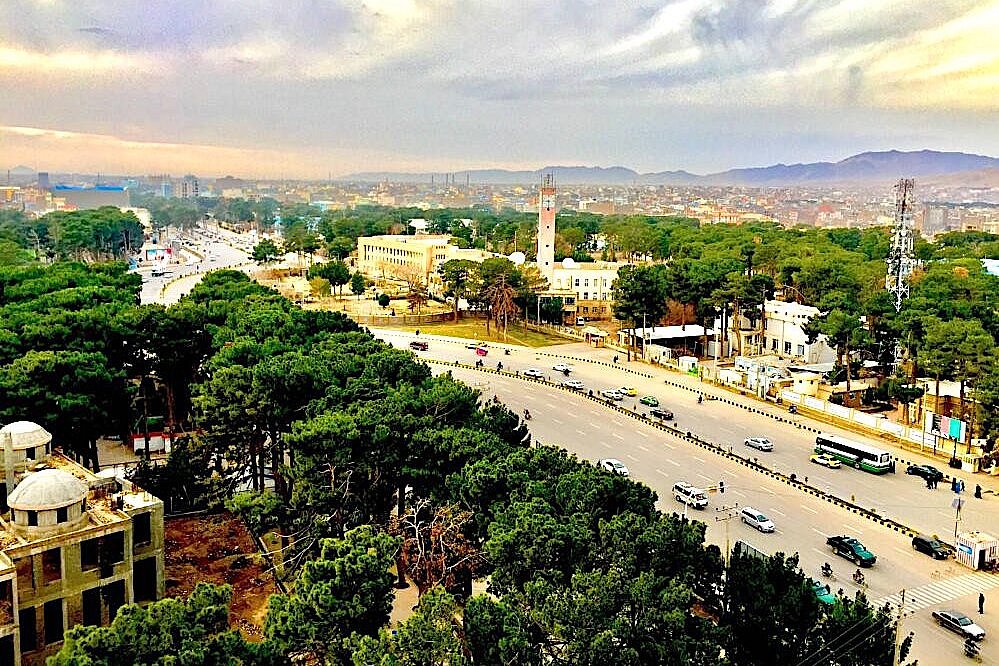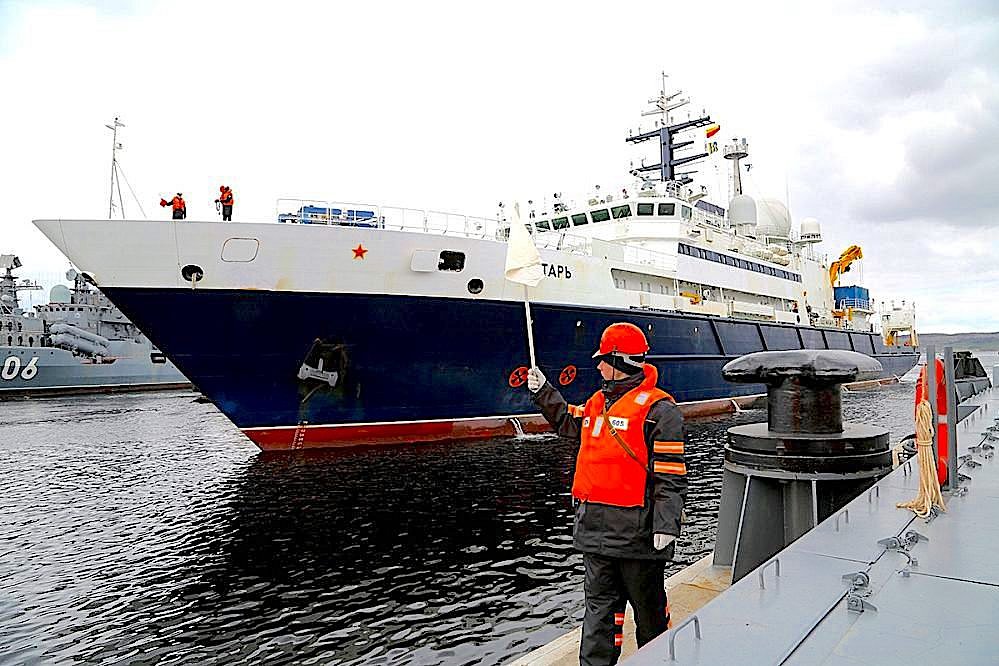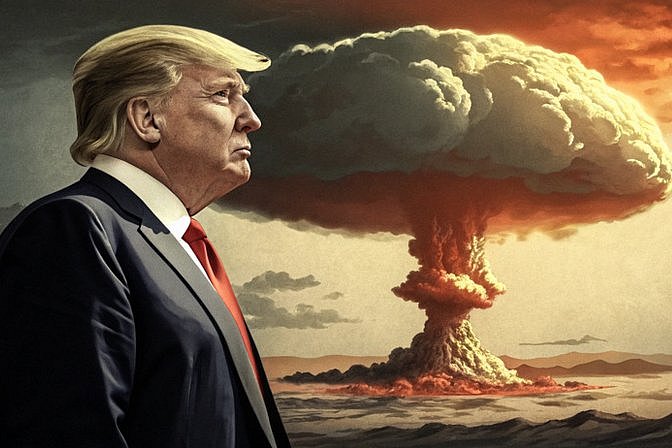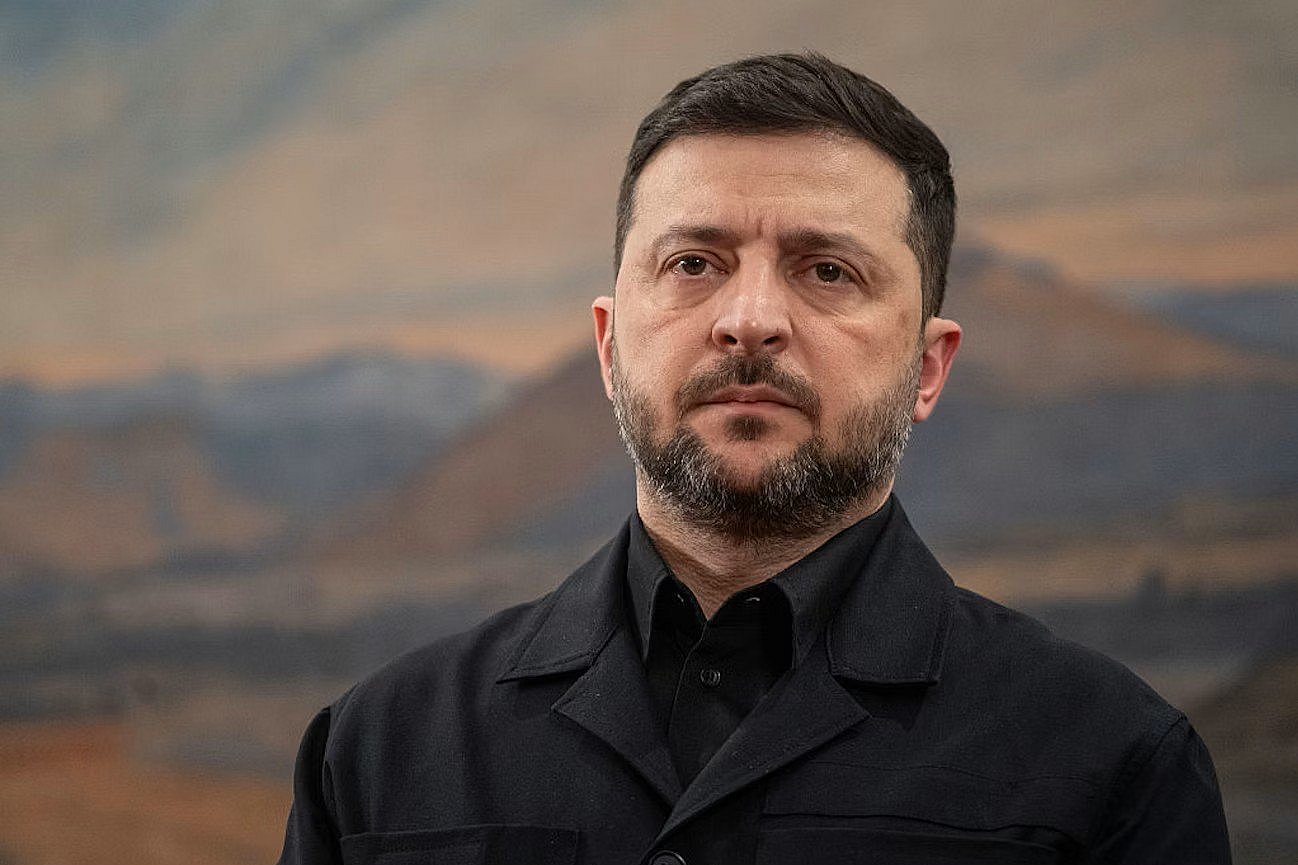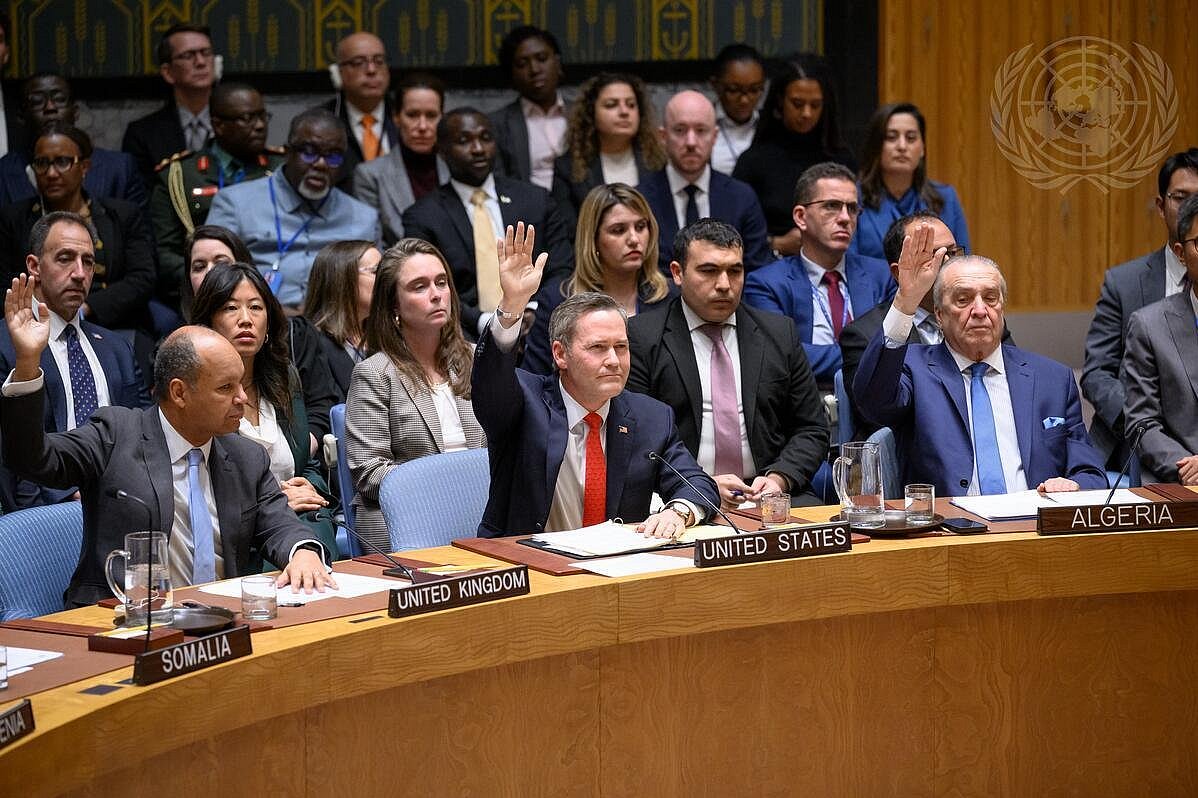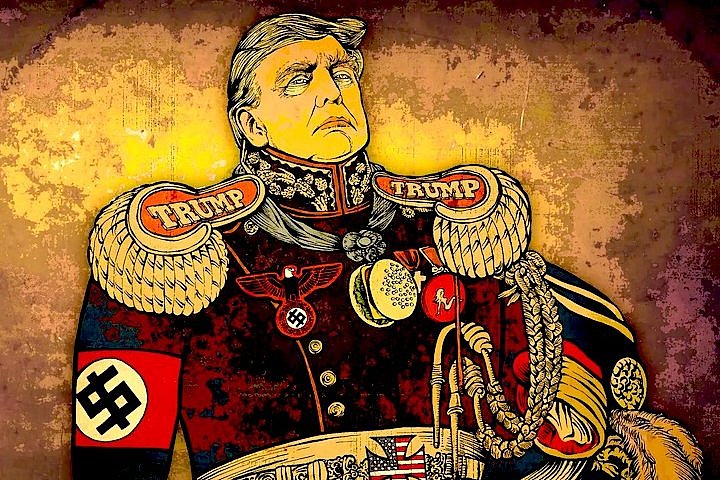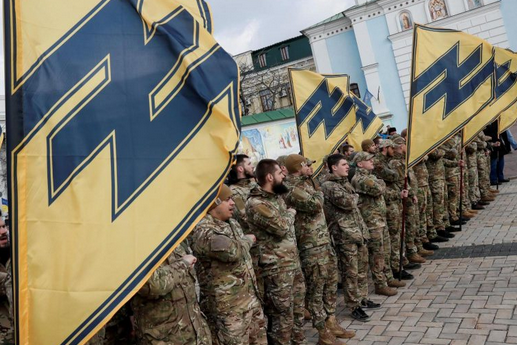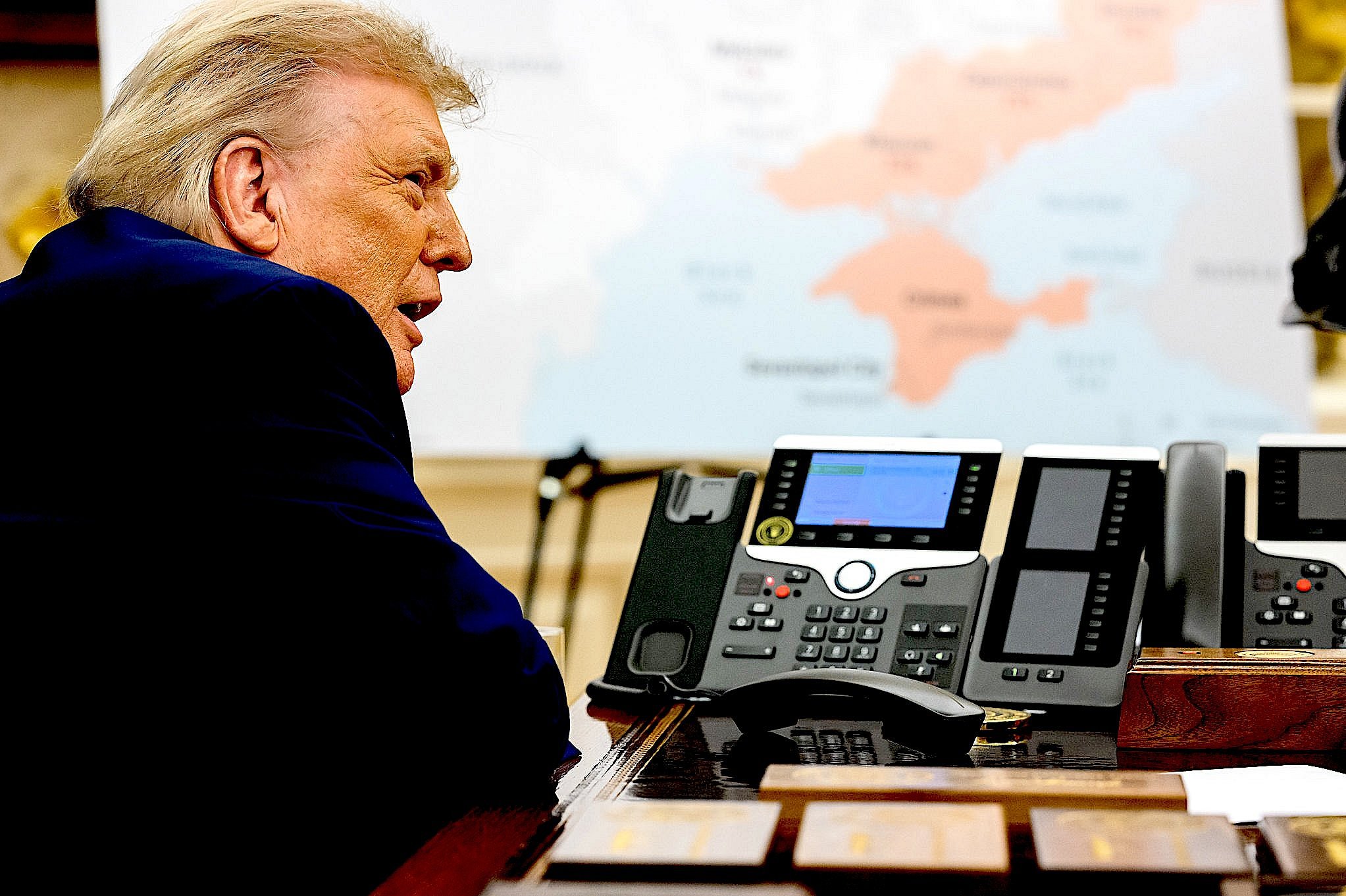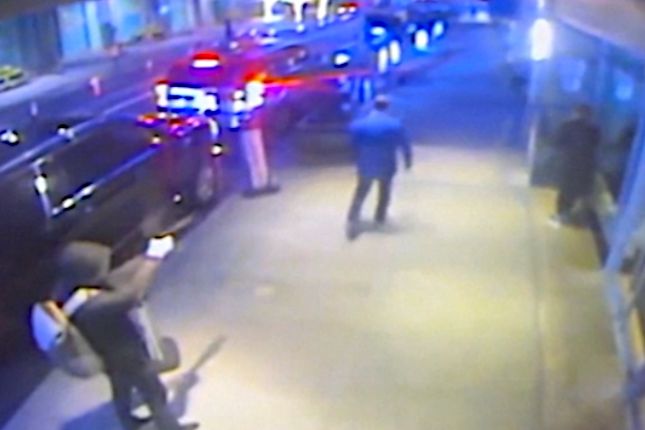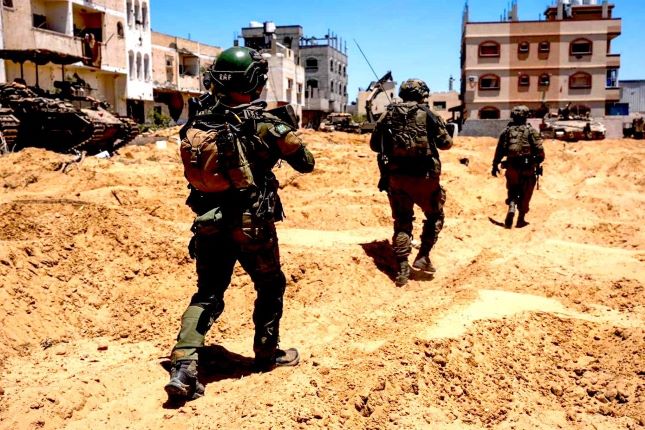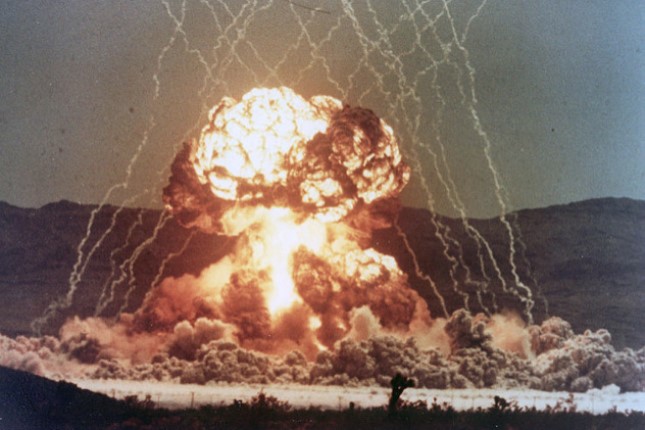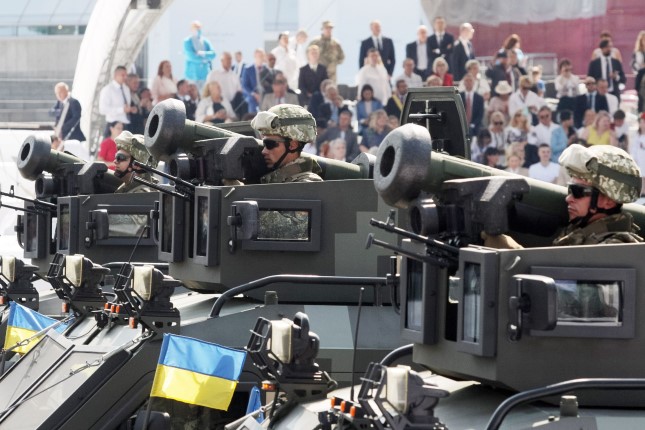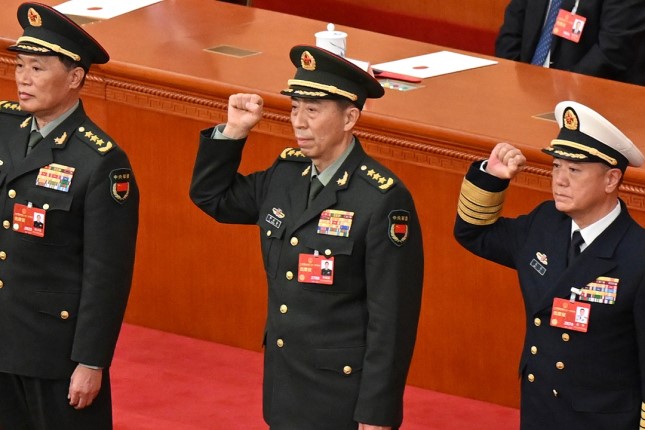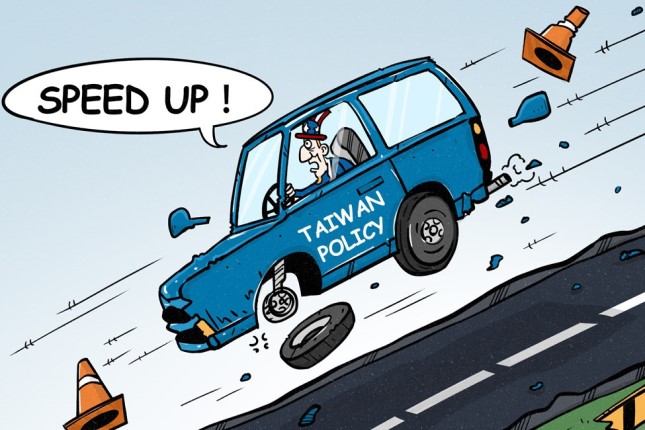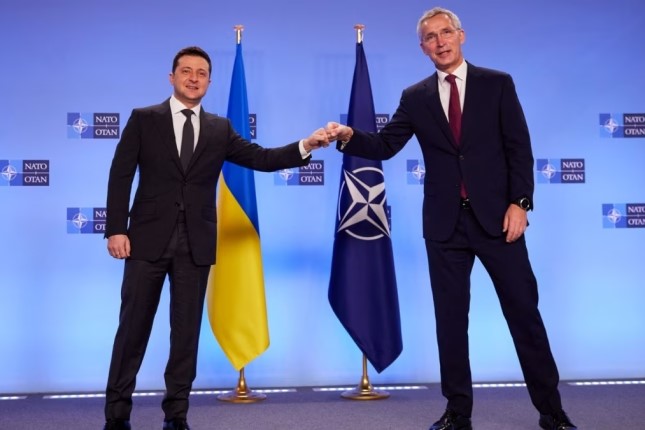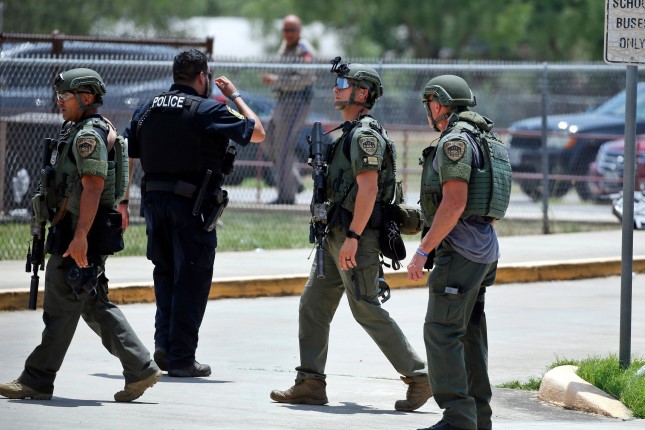The document was not verified at the time, and its existence was denied by the office of the President of Ukraine. The existence of the peace plan has still not been verified. However, the surfacing of reports of discussions of four of the points in the plan provides, at least, the suggestion that if the reported leaked document is not based on reality, it may, at least, correspond to reality.
The plan contains a number of items, some of which seem like hopeful places to start negotiations, and some of which seem more challenging. Recent reports suggest that discussions may have begun on some of the more challenging ones.
According to the leaked plan, the process begins with an immediate phone call between Trump and Putin. As far as is known, that has not happened; though on February 6, signals came from Moscow that plans for a February or March meeting between Trump and Russian President Vladimir Zelensky are “currently at an advanced stage.”
But that Trump and Putin have not yet spoken does not mean that Washington and Moscow are not speaking. The U.S. led ban on speaking to Russia and on diplomacy seems to have been broken. On February 5, Kremlin Spokesman Dmitry Peskov confirmed not only that “There is indeed contact between certain government agencies,” but that that contact has “intensified recently.” The White House has also said that the Trump administration “has already had serious discussions with Russia about the conflict.”
These revelations fall short of a Trump-Putin phone call but approach it and point to its imminent occurrence. The next stage would by discussions between the U.S. and Ukraine followed by, if common ground can be found, negotiations. Those negotiations faced the hurdle that Zelensky has banned negotiating with Putin, and Putin has said a Zelensky who has passed the expiration date of his elected term lacks a mandate to negotiate for Ukraine.
However, that hurdle, too, has recently been lowered by both sides. Putin now says that, though Zelensky “has no right to sign anything,” he can “take part in talks” because “negotiations can be held with anyone.” And Zelensky now says that he will talk to Putin”if that is the only setup in which we can bring peace to the citizens of Ukraine.”
On February 2, Trump told reporters that “We have meetings and talks scheduled with various parties, including Ukraine and Russia. And I think those discussions are actually going pretty well,” which, if accurate, means that the talks are already taking place.
According to the leaked peace plan, Ukraine would withdraw its troops from Kursk, end martial law and hold elections, declare neutrality and promise not to join NATO while receiving assurances of European Union membership.
Of these first four points, only one poses a real problem. Though Ukraine does not want to return Kursk until it can be used as a bargaining chip in negotiations, they have said that they do intend to eventually leave. They will also not likely have any real choice as Russia will push them out if they do not go out.
Though retracting their NATO ambitions would be a hard sell in Ukraine after the lethal agony of the war, it is a concession that Ukraine has long been willing to make. And, as with Kursk, they will not really have this choice. Russia went to war to prevent Ukraine membership in NATO, and they will not agree to end the war until they have received written guarantees that Ukraine will never join NATO.
When it comes to Ukrainian membership in the EU, though, both Ukraine and Russia could agree to that. Ukraine certainly would, and Russia has long left it on the table and specifically agreed to it in Istanbul.
That leaves presidential elections as the one real challenge in the first four points. But this point, too, seems to be being actively discussed. On February 1, Keith Kellogg, Trump’s special envoy for Ukraine and Russia, said that presidential and parliamentary elections in Ukraine “need to be done.” He said that “[m]ost democratic nations have elections in their time of war. I think it is important they do so. I think it is good for democracy.”
According to Kellogg, White House officials “have discussed in recent days,” as the leaked peace proposal says, “pushing Ukraine to agree to elections as part of an initial truce with Russia.”
Talks between Trump and Putin, U.S. discussions with Ukraine and Russia, and pressure on Ukraine to hold elections as outlined in the leaked peace plan seem to correspond to events that are unfolding in reality.
Several of the remaining points in the plan are difficult. Security guarantees for Ukraine and the size of the Ukrainian armed forces may well prove the most difficult points to negotiate.
Negotiations over territory will be difficult, and exactly where the boundary will be drawn will be painful. But that both sides seem willing to accept a de facto recognition of Russian control of some territory without official or legal recognition of that territory seem a promising place to start.
Protection of the linguistic, cultural and religious rights of ethnic Russians in Ukraine will be difficult for Ukraine to negotiate. But, as with NATO membership, they will have to compromise because this was the second key demand for which Russia went to war.
And that leaves the final point: some sanctions on Russia will be lifted, including bans on selling Russian oil to the European Union. Perhaps unexpectedly, that is the fourth point that seems to correspond with discussions actually taking place in Europe.
At the end of January, “people familiar with discussions” told The Financial Times that “European officials are debating whether Russian pipeline gas sales to the EU should be restarted as part of a potential settlement to end the war against Ukraine.”
These real-world discussions, too, are consistent with points in the unverified peace plan. A return to buying Russian gas would be a concession that could help at the negotiating table and, advocates of the idea in Europe say, “give both sides a reason to implement and maintain a ceasefire.” This discussion seems to be having life breathed into it by Germany, Hungary and “other capitals” but is not popular among Ukraine’s strongest supporters in the Baltic states and Poland.
Hopefully, there really is the embryo of a peace plan in process. The leaked document outlining Trump’s Ukrainian peace plan has still not been verifies. But, even if it turns out not to be real, at least four of the points correspond to what is now unfolding in reality.
Source: AntiWar.
